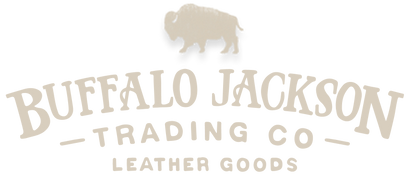Your Cart is Empty
Your Cart is Empty

Leather production is one of the most important industries in the world, so it’s interesting to consider: which countries actually produce the most leather? Here, we’ll look at the 5 countries that produce the most leather in the world. Rankings are based on the combined production of two types of leather: heavy leather (typically sole, belting, strap, and mechanical leathers made from unsplit hides) and light leather (used in most other applications: bags, coats, shoes, etc), as well as two main categories of raw materials: bovine (cow and bison) hides, and sheep and goat skins.
Producing nearly 1.4 billion square feet of leather per year, India begins our countdown in 5th place. Interestingly, while most countries on the list lean heavily toward either bovine OR sheep and goat leather, India produces nearly equal amounts of light leather from bovine animals, sheep, & goats. If we only consider light leather from sheep and goat hides and skins, India’s annual production of 670 million square feet is actually second only to the top leather producing country in the world.
Russia takes fourth position with just over 1.4 billion square feet of leather per year, but leather production in Russia has been declining since the early ’90s and has probably actually been passed by India since the last numbers came out. Russia produces mainly light leather from bovine animals (1.3 of the 1.4 billion square feet!), followed by 8% light sheep and goat leather, and less than 3% heavy leather.
In third place is Italy, the undisputed European leader in leather production, with over 1.5 billion square feet of leather per year. Most of Italy’s leather production is light leather from bovine animals: over 1.1 billion square feet, to be exact. Twenty-five percent is from sheep and goat hides (about 401 million square feet), and heavy leather makes up the remaining 3% (about 52 million square feet).
Brazil ranks second in the world’s leather production, almost exclusively producing light leather from bovine hides and skins. Of the 1.7 billion square feet of leather produced in Brazil, less than 4% is sheep and goat leather (about 67 million square feet), and just over 2% (34 million square feet) is heavy leather - but even those small percentages add up to more square feet of leather hides and skins than the total amount produced by most countries in the world.
China is, by far, the largest leather producing country in each category of leather we’ve considered: light leather from bovine animals, light leather from sheep and goat hides, and heavy leather. Overall, the Chinese leather industry produces nearly 4 billion square feet of leather per year - more than doubling the production of 2nd place Brazil. Light bovine leather represents over 2.3 billion square feet of hides, while sheep and goat skins make up over 1.3 billion square feet. Heavy leather rounds out China’s production at approximately 400 million square feet.
For reference, the United States’ total annual leather production is just under 6.7 million square feet. This ranks the USA as the 8th largest leather producer in the world, behind 6th place South Korea and 7th place Argentina.
To view the source report for these statistics, you can click here. (Or for much more interesting viewing, click here to see our handcrafted leather bags and accessories.)

